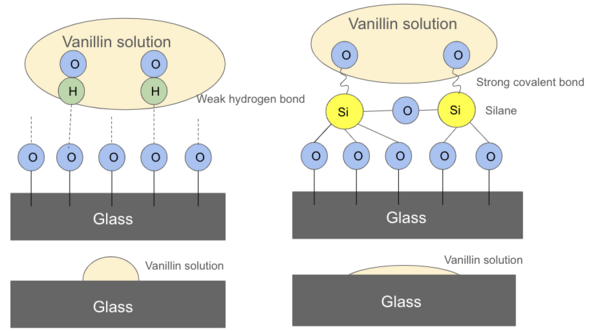Crystallization kinetics of vanillin thin films
(1) Monta Vista High School
https://doi.org/10.59720/24-315
Due to its anisotropic crystal structure, vanillin exhibits unique optical interference when interacting with light. We chose vanillin as an exemplary material system to study the relationship among its microstructure, growth behavior and optical characteristics. In this study, we grew vanillin thin films on microscope glass slides and observed the emergence of tiny crystallites and their continuous growth until these crystals impinged upon each other and fully covered the entire glass slides. Intrigued by the underlying driving force to transform vanillin liquids into translucent crystalline films, we started to investigate their nucleation and growth mechanism. We hypothesized that these crystal thin films behave differently depending on the type of crystallization method. We studied the nucleation density and growth rate of vanillin crystallization from three different methods: from a melt, from a solution, and from a solution but on a silane coated glass surface. The difference in nucleus formation among these three conditions can be qualitatively understood by the thermodynamic free energy theory, where undercooling is the main reason for crystallization from a vanillin melt, and supersaturation and diffusion are responsible for vanillin crystallization from a solution. We also quantitatively studied the growth rates of these vanillin films using the classical Avrami theory. The crystal grain size ratio measured experimentally correlates relatively well with the prediction from the Avrami Equation. In conclusion, this work provides a deeper understanding of thermodynamic and kinetic aspects of thin crystalline film nucleation and growth, which may shed further light on fundamental parameters to engineer thin films through a self-assembly process for certain applications, such as micro or nanoscale optical devices.
This article has been tagged with: